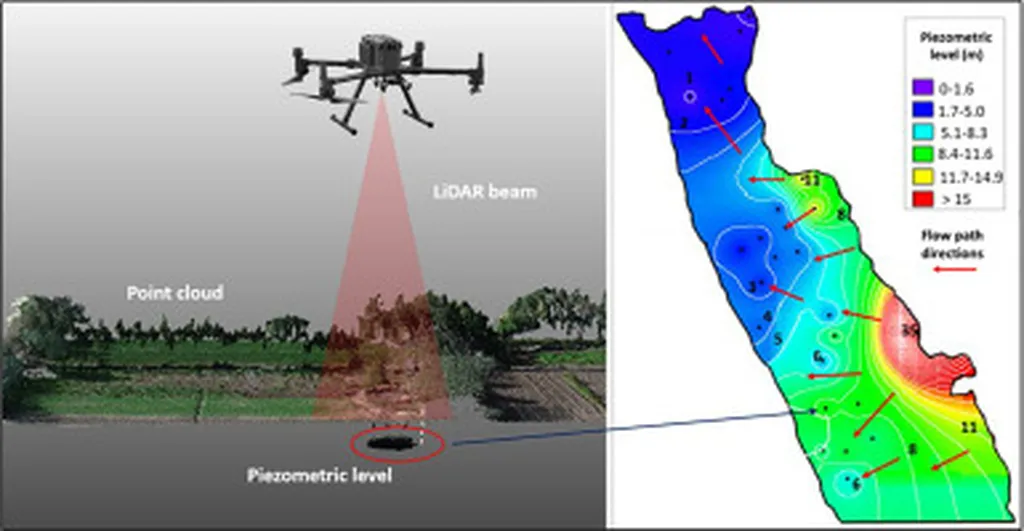In the rapidly evolving world of unmanned aerial vehicles (UAVs), a groundbreaking metric for video data analysis has emerged, promising to revolutionize how industries like agriculture, construction, and energy interpret aerial footage. Developed by P.A. Lyakhov from the North-Caucasus Federal University and the North-Caucasus Center for Mathematical Research, this innovative approach leverages the structural similarity index (SSIM) to evaluate video frames captured by UAVs, offering unprecedented insights into video quality and scene dynamics.
The metric, detailed in the journal ‘Компьютерная оптика’ (translated to English as ‘Computer Optics’), compares frames based on brightness, contrast, and pixel structure, providing a comprehensive assessment of video frame states. This method goes beyond traditional metrics by detecting delays, frame distortions, and dynamic changes in video scenes, which are critical for industries relying on precise aerial data.
“Our research demonstrates that the developed metric successfully identifies issues in video data that were previously challenging to detect,” Lyakhov explained. “This capability is crucial for applications in construction, agriculture, geology, and cartography, where accurate and timely data analysis can significantly impact decision-making processes.”
The implications for the energy sector are particularly noteworthy. UAVs are increasingly used for monitoring infrastructure, inspecting pipelines, and assessing environmental impacts. The ability to analyze video data with higher accuracy can lead to more efficient maintenance, reduced downtime, and improved safety. For instance, detecting frame distortions or delays in real-time can prevent misinterpretations of critical infrastructure conditions, potentially averting costly accidents or disruptions.
The research involved simulations on both analog and digital video data at various frame rates, ensuring the metric’s robustness across different scenarios. The comparative analysis with currently employed metrics underscored the superiority of the SSIM-based approach, highlighting its potential to set new standards in video data analysis for UAVs.
As industries continue to adopt UAV technology for a wide range of applications, the need for reliable and accurate data analysis tools becomes ever more pressing. Lyakhov’s work represents a significant step forward in this field, offering a metric that can enhance the precision and reliability of aerial video data. This advancement is poised to shape future developments, driving innovation and improving operational efficiencies across multiple sectors.
In the words of Lyakhov, “The potential applications of this metric are vast, and we are excited to see how it will be integrated into various industries, particularly in energy, where the stakes are high, and the margin for error is low.” As the energy sector continues to evolve, the adoption of such advanced technologies will be crucial in meeting the demands of a rapidly changing landscape.

